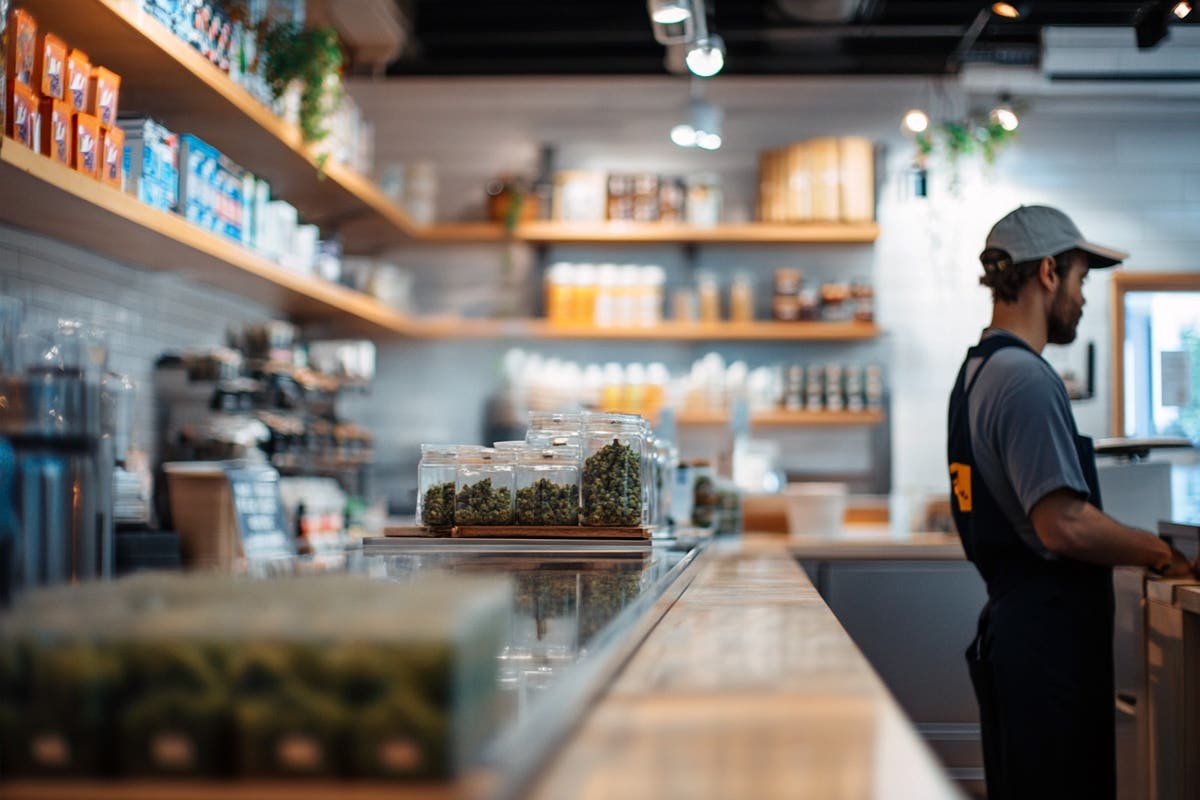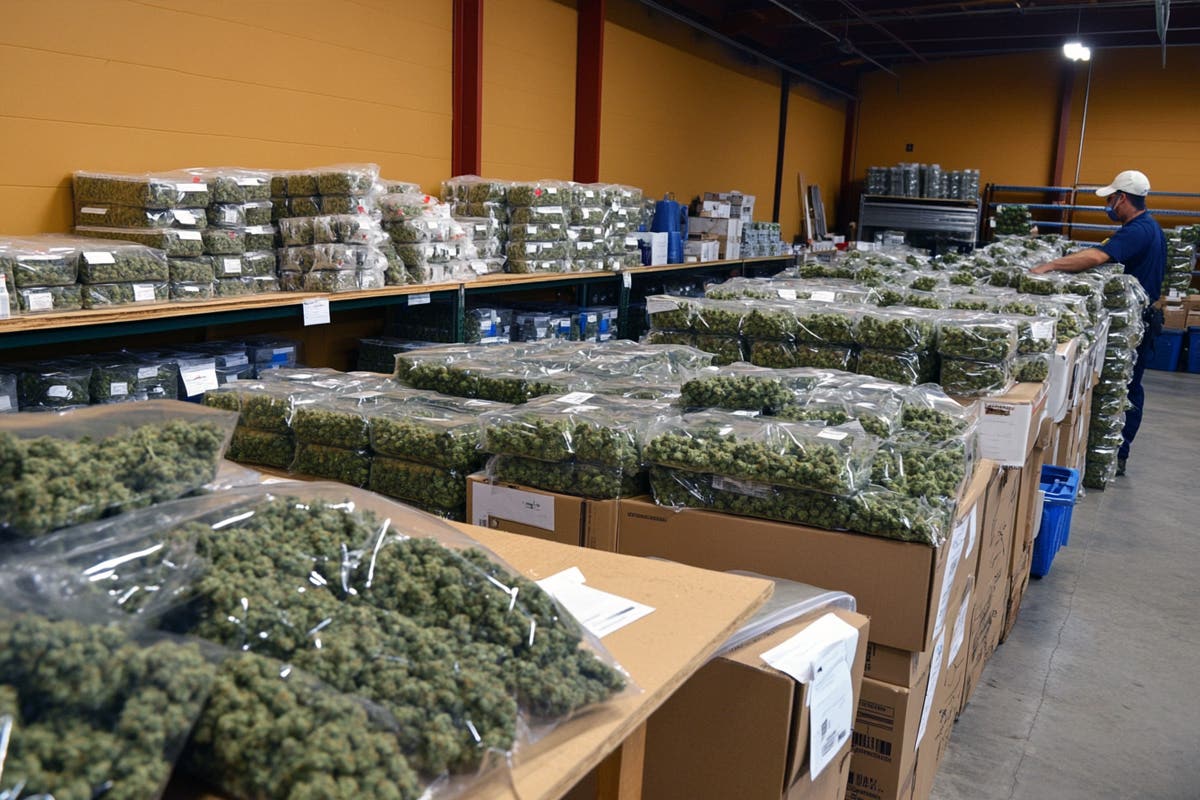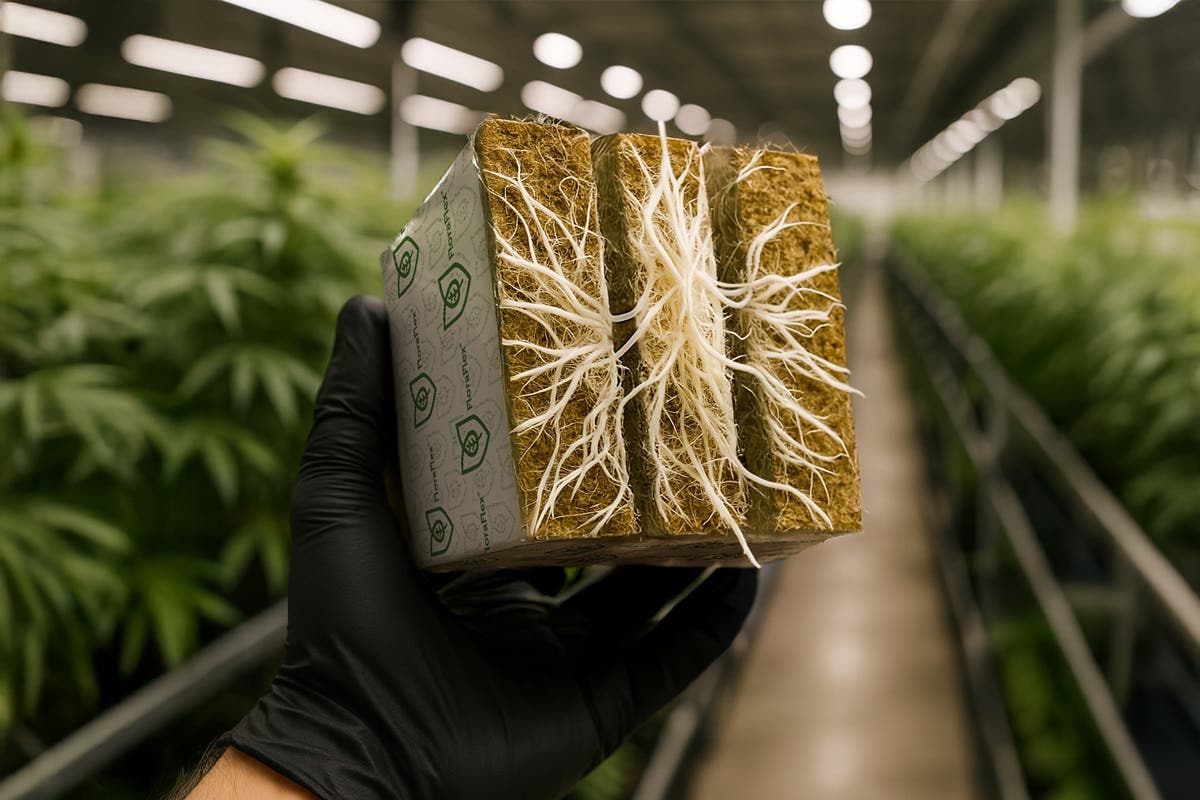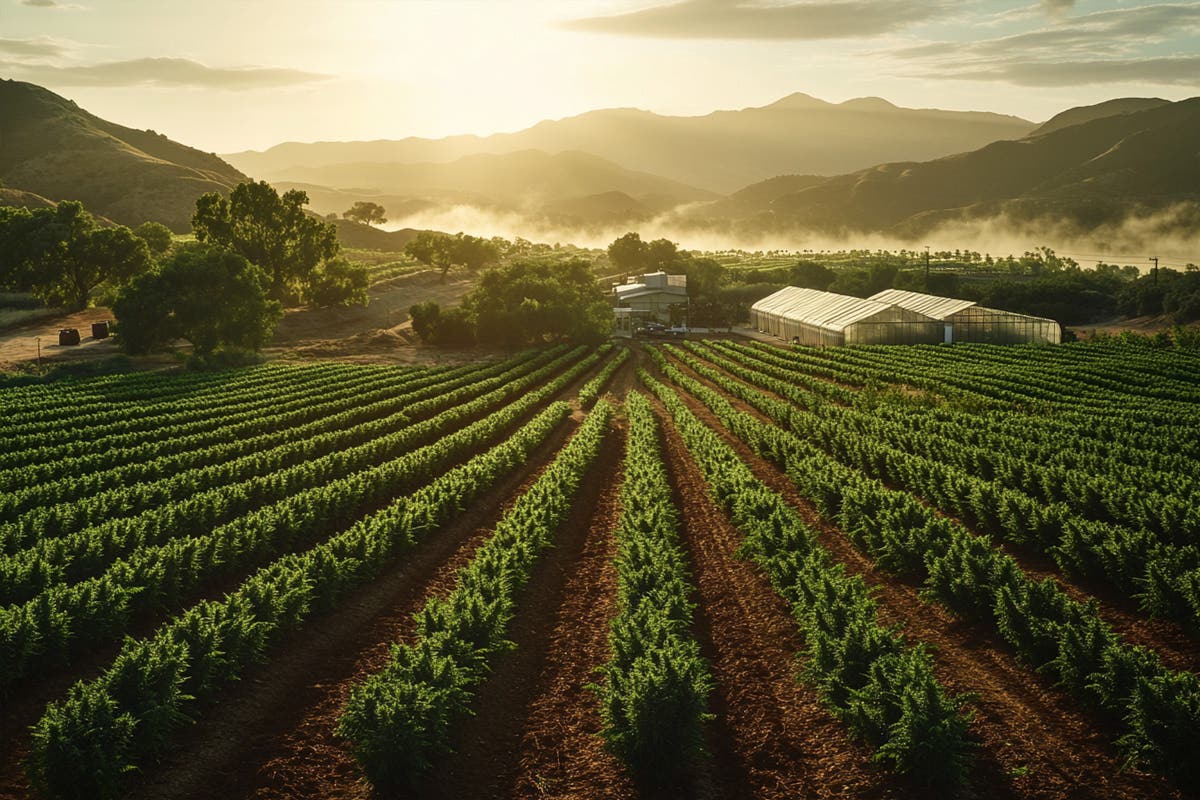Understanding Mainlining and Manifolding Techniques
-
Mainlining: Mainlining, also known as "the manifold," is a technique that focuses on creating an even and symmetrical canopy structure. It involves topping the plant during the early vegetative stage and training the resulting two main branches to form the base of the plant structure. Additional topping and training are performed to create a well-balanced manifold with multiple evenly spaced colas.
-
Manifolding: Manifolding, also referred to as "the manifold technique," is a variation of mainlining that emphasizes a specific number of colas per plant. The technique involves topping the plant and training the resulting branches to create a "Y" shape. Each branch is then topped again to create two main colas, resulting in a well-structured plant with a limited number of dominant colas.
Benefits of Advanced Training Techniques
Implementing advanced training techniques in cannabis cultivation provides several advantages:
-
Optimized Canopy Structure: Mainlining and manifolding techniques create a well-structured and even canopy with multiple evenly spaced colas. This promotes better light distribution and penetration, maximizing photosynthesis and improving overall bud development.
-
Increased Bud Sites: By manipulating the plant's growth, advanced training techniques increase the number of bud sites. This leads to higher yields and the potential for more evenly sized and potent buds.
-
Improved Airflow: Advanced training techniques help open up the canopy, allowing for better airflow and reducing the risk of mold, mildew, and pest issues. Proper airflow contributes to healthier plants and supports optimal growing conditions.
-
Precise Plant Control: Mainlining and manifolding techniques provide cultivators with precise control over the plant's structure, allowing for more efficient space utilization and easier management during cultivation tasks.
Other Advanced Training Techniques
In addition to mainlining and manifolding, several other advanced training techniques can be employed:
-
Screen of Green (ScrOG): ScrOG involves using a horizontal screen or net to train the plant's branches to grow horizontally. This technique maximizes light exposure, encourages lateral growth, and promotes an even canopy.
-
Low-Stress Training (LST): LST involves gently bending and tying down branches to create a more horizontal canopy. This technique allows for better light distribution and promotes multiple bud development.
-
Super Cropping: Super cropping involves strategically damaging the plant's stems to promote lateral growth and increase bud development. This technique strengthens the plant's structure and can result in denser and more productive colas.
Best Practices for Advanced Training Techniques
Consider the following best practices when implementing advanced training techniques:
-
Start Early: Begin training during the vegetative stage when the plant is flexible and can recover quickly from pruning and training.
-
Patience and Consistency: Take time to properly train and shape the plant, maintaining consistency in technique and timing. Avoid rushing the process and ensure that the plant has fully recovered before moving on to the next training step.
-
Sanitize Tools: Clean and sterilize pruning tools before each use to minimize the risk of introducing pathogens or diseases.
-
Monitor and Adjust: Regularly monitor the plant's response to training techniques. Make adjustments as needed to maintain a healthy and balanced plant structure.
-
Provide Support: Properly support branches and colas as they develop to prevent breakage under the weight of buds. Use stakes, trellises, or other support systems to maintain a sturdy plant structure.
Advanced training techniques, such as mainlining, manifolding, and others, offer cannabis cultivators the opportunity to shape plant growth, optimize canopy structure, and maximize yields. By implementing these techniques with proper timing, patience, and consistency, cultivators can achieve a well-balanced and productive canopy that produces high-quality buds. Explore and experiment with different advanced training methods to discover the approach that best suits your cultivation goals.
















